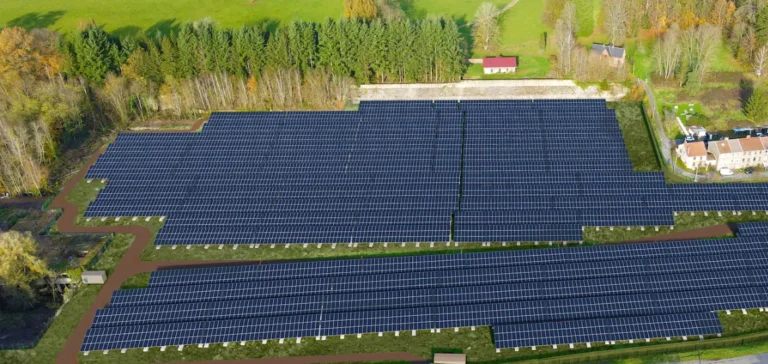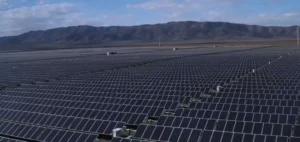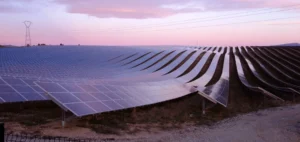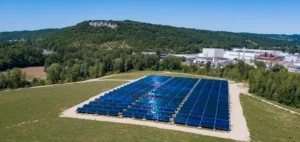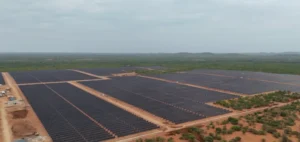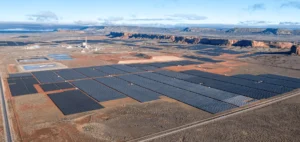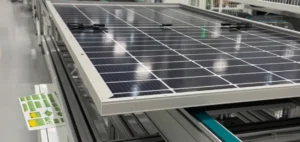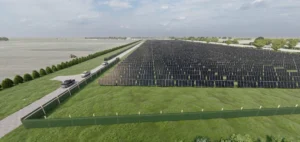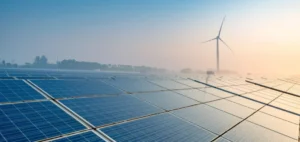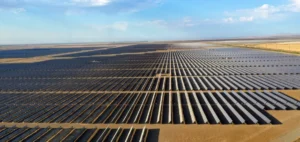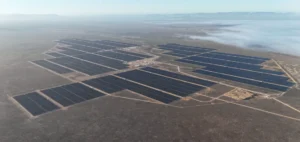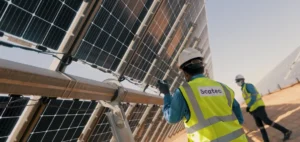The Société Monégasque de l’Électricité et du Gaz (SMEG) has begun building a photovoltaic power plant in Mâcon on the rehabilitated site of the former Grisière landfill. This project, the result of a call for expressions of interest, will have an installed capacity of 6 megawatts-peak (MWp), of which 1 MWp is allocated to a collective self-consumption scheme.
A structuring project for the region
The official groundbreaking took place on June 10 in the presence of the Mâcon municipality and the project’s technical and financial partners. Construction will continue until the end of 2025, with operational commissioning scheduled for early 2026. The 5.14-hectare site is expected to produce over 1 gigawatt-hour (GWh) annually, equivalent to the yearly energy use of around 300 households, according to the project promoters.
The future plant is based on a model already implemented in other regions of France, aiming to combine local production, shared self-consumption and access to participatory financing. Up to 30% of the energy consumption of local subscribers could be covered by the installation, with stable long-term pricing.
A community-based and collaborative model
The local energy community will be managed by Serenyun, the company in charge of organising the collective self-consumption scheme. Participatory financing will be handled through the Lumo platform, which enables residents and businesses to support the project financially without upfront investment.
The project also includes a professional inclusion component. AILE Sud-Bourgogne, designated by the city, will oversee the implementation of social clauses to support workforce reintegration during construction. This approach structures the project locally while involving various stakeholders in its implementation.
Timeline and access conditions
Stakeholders located within a 2-kilometre radius of the plant can already register via the dedicated website. All profiles are eligible, whether individuals, businesses or public institutions.
The initiative has been designed to operate without any initial financial contribution from subscribers. Electricity supply will begin as soon as the plant is connected to the grid, planned for 2026, enabling early access to locally generated electricity.


